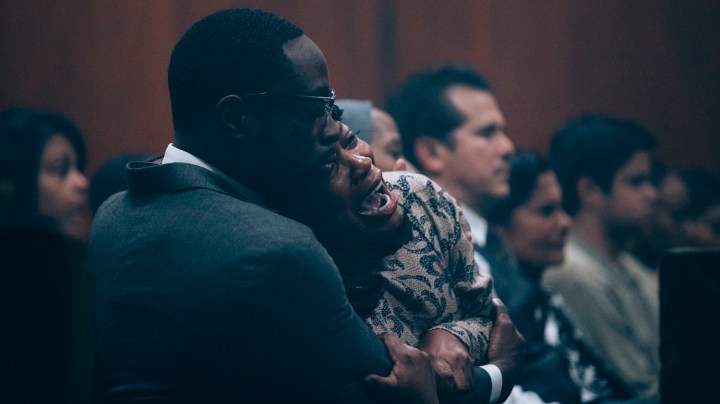Educate Yourself on Police Bias Against Black & Brown Communities With ‘When They See Us’ Study Guide

'When They See Us' image courtesy of Netflix
Ava DuVernay’s When They See Us was always meant to incite necessary if uncomfortable conversations — about police bias against black and brown communities, about a justice system that criminalizes poverty, about the epidemic of mass incarceration, about media bias. In sum, about many issues that were timely back in the 1990s when the story of the Exonerated Five took place and about those very same issues as they remain timely in 2020. The ‘Exonerated Five’ — five teenagers who were tried and many of them convicted for a crime they didn’t commit despite no evidence — were given in When They See Us a chance to own their narratives.
In four episodes that span decades, audiences got to see how brutal police interrogations coerced testimonies out of the young boys, how inexperience with the criminal justice system forced their families to make ill-conceived decisions and how, throughout it all, prosecutors and journalists alike used a sordid tale about a Central Park rape to call up ugly images and stereotypes about “wilding” young black and brown boys.
To help continue the conversations When They See Us sparked, DuVernay and her company ARRAY Now have released a complete learning companion to the miniseries, the first of a line of study guides to supplement the work they produce. It’s designed both for classrooms as well as for independent study. Participants will not only analyze the episodes deeply but will be encouraged to explore systemic injustice, reflect on individual, institutional and systemic practices and take action to change themselves, institutions and systems.
“The unfortunate story of The Exonerated Five is not an anomaly. Their story is our story — one of many similar stories in the history of black and brown people in the United States of America,” the site reads. “We hope the stories of The Exonerated Five inspire participants to do the work necessary to make ‘liberty and justice for all’ true for everyone.”

As a bonus activity, the current curriculum includes a field study lesson titled “Fair and Balanced? Media Bias and Data Analysis” that hopes to increase viewer’s media literacy, understanding how information is used to persuade by creating their own media pieces and learning how to use data analysis to back up their stories.
Check out the Learning Companion to When They See Us at ARRAY101.